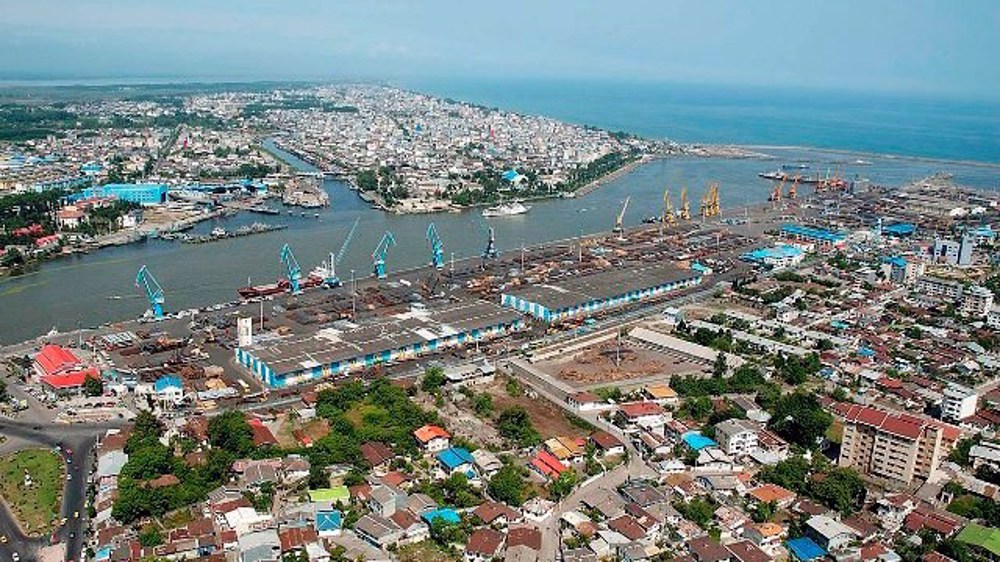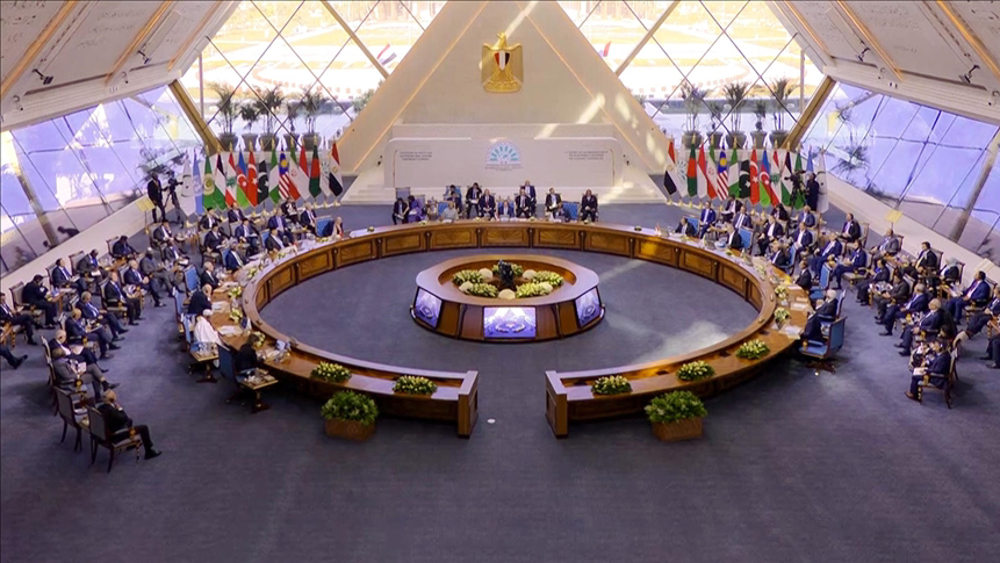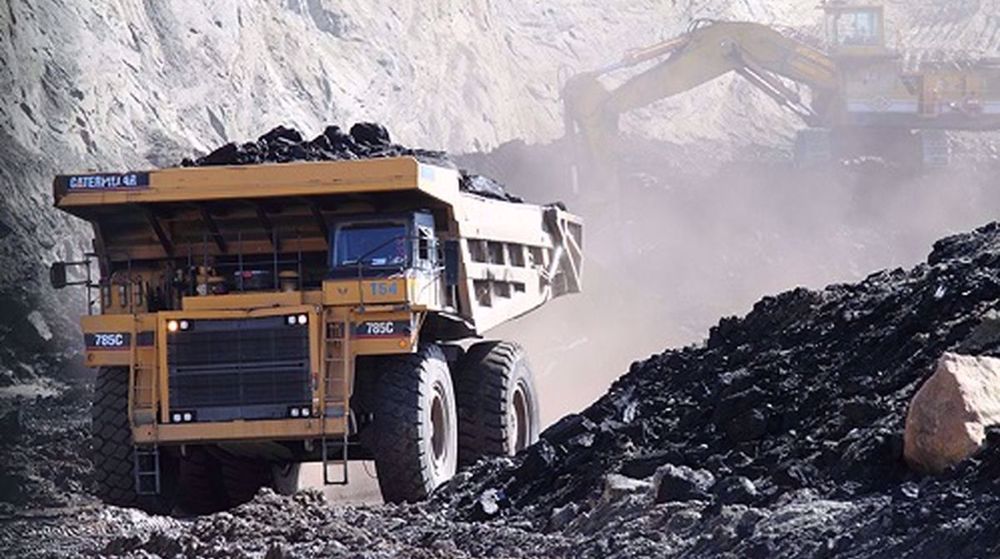Promising signs in Iran-Russia trade
Iran’s official membership in the BRICS group of major emerging economies which commenced early this year should now be twinned with taking full advantage of its capacities, but for this to happen, there is a need to remove existing restrictions on financial exchanges.
And if this happens, a multifold jump is waiting for Iran’s trade with the bloc which in its current form accounts for more than 36% of the world's GDP, 22 percent of the world's trade, and almost half of the world's population–3.5 billion out of 8 billion people.
That is left to the new Iranian administration to take the unfinished job of its predecessor, credited for assiduously following an ingenuous economic diplomacy, to find and establish the necessary financial mechanisms for trade.
The signs are already promising: Just in July, the integration of Russia’s Mir bank payment system and the Iranian Shetab was completed under an agreement which enables the use of national currencies for commercial transactions.
In the earlier month, Russia witnessed Iran inaugurate the Rasht-Caspian Railway, part of the International North-South Transport Corridor (INSTC) that connects the Persian Gulf to the Caspian Sea by rail.
Both Russia and Iran are under heavy US and European Union sanctions that have blocked their access to key parts of the global financial infrastructure. The two are also working to create a rival to the SWIFT payments messaging service that underpins cross-border payments across the global economy.
The possibility to use Iranian and Russian bank cards in the two countries beside the new capacity created in transportation is a significant achievement in bilateral trade.
One early hitch is the currency conversion rate which the Central Bank of Iran has not specified for transactions with bank cards.
The availability of foreign currency at the lower government rate has created an unofficial black market which has created problems in Iran. In his election campaign, new President Masoud Pezeshkian had signaled to unify official and free-market exchange rates for the rial in favor of a single rate.
Russia has a total trade turnover of $700 billion a year. Though the figure has declined by about 10% amid the war with Ukraine, it is still too big to overlook.
Iran can act as a conduit for Russian goods or services to different parts of the world, given the country’s geographical advantage as being strategically located at the crossroads of major trade routes between Europe, Asia, and West Asia through the Persian Gulf and the Sea of Oman.
Not only Russia but also other Eurasian countries in the north of Iran are willing to reach open waters and transfer their goods to world markets through Iran as a corridor. However, for the corridor to operate and thrive, Iran has to first figure out a way for its trade and financial transactions.
Currently, trade between Iran and Russia stands at about $4 billion a year. Last December, Iran signed a groundbreaking free trade agreement with the Russia-led Eurasian Economic Union, promising to eliminate tariffs for a substantial 87% of traded goods.
More than 60% of Iran's exports to Russia are agricultural products, and most of the goods imported from Russia to Iran include grains, oilseeds and livestock inputs. Therefore, Iran has to proactively use its agricultural capacities to expand its foothold in Russia.
Iran is characterized by a diversified climate, ranging from warm and humid to warm and dry, mild and humid as well as cold. This makes the country’s agricultural products very attractive to a cold country such as Russia where Iranian pistachios, dates, peppers, and kiwis are already in big demand.
Israeli strikes on north Gaza hospital ‘extremely dangerous, terrifying’: Director
VIDEO | Yemen targets Tel Aviv with Palestine 2 missiles
Pezeshkian: Iran resolved to complete North-South Transport Corridor
VIDEO | Iran-Syria: For Resistance
Qassam Brigades claims killing 3 Israeli troops in northern Gaza
More alive than ever: Sayyed Hassan Nasrallah's legacy grows stronger in martyrdom
Occupation of Syria’s highest peak Mount Hermon part of ‘Greater Israel’ project
Iran: Syrian people will decide their future without foreign interference










 This makes it easy to access the Press TV website
This makes it easy to access the Press TV website